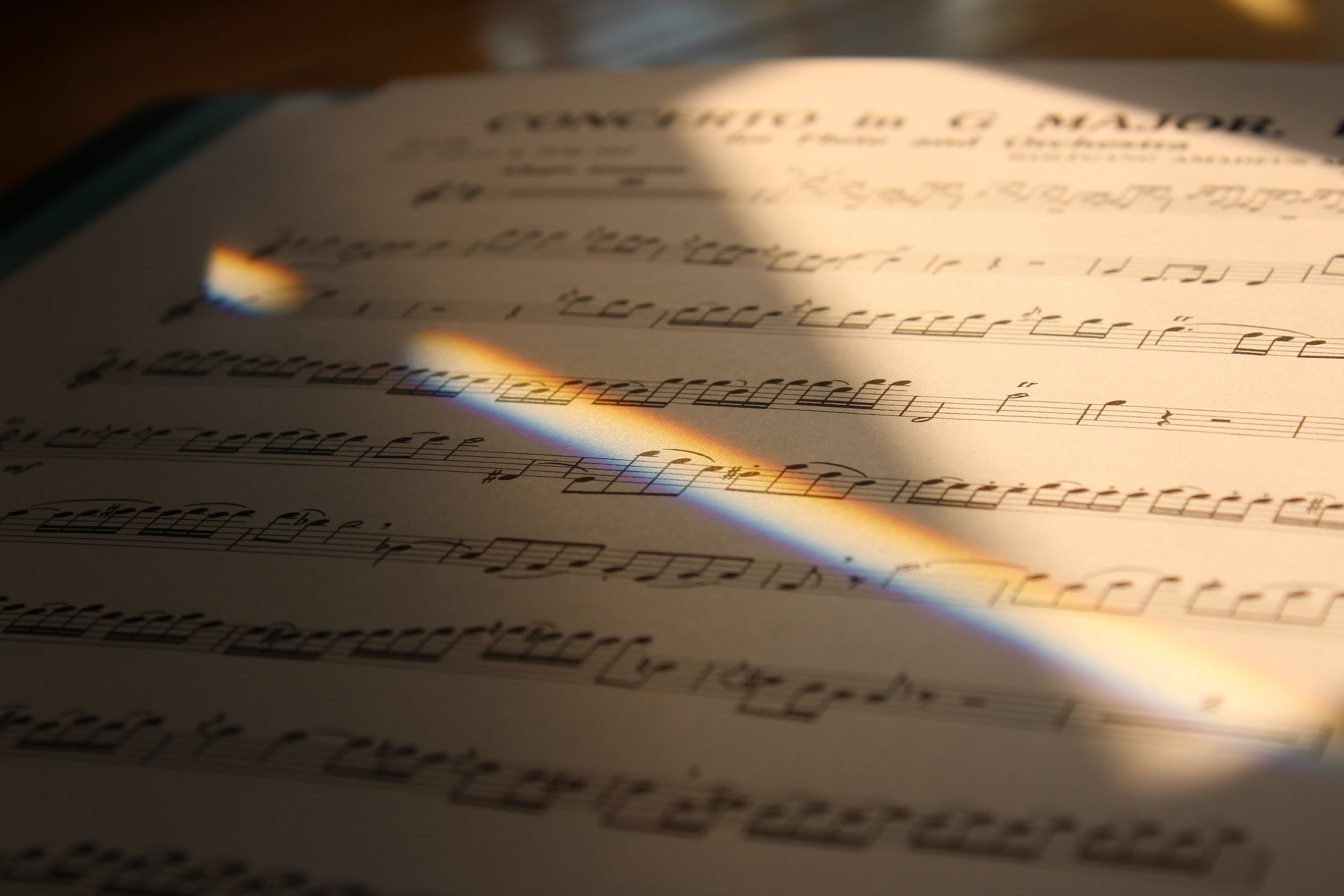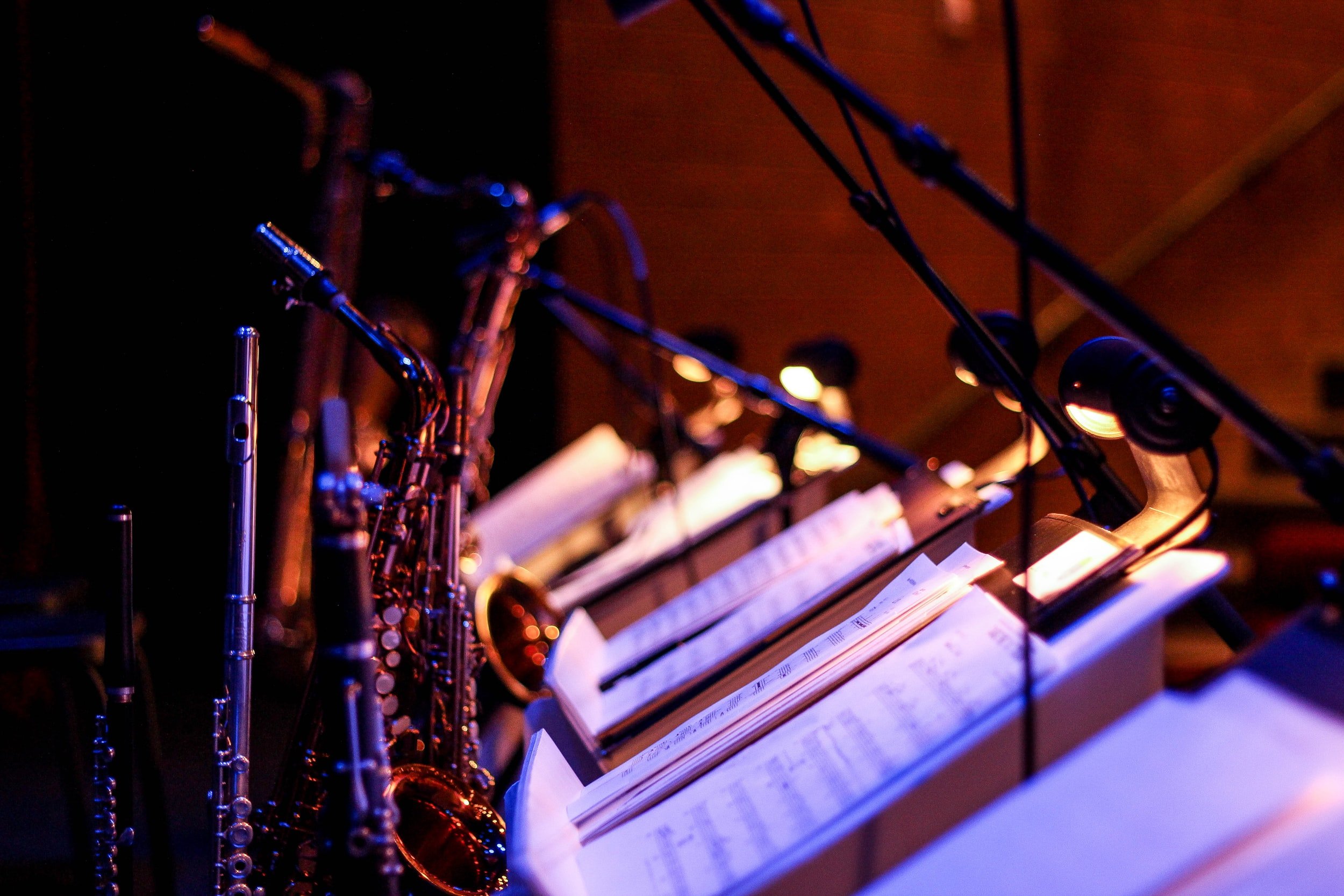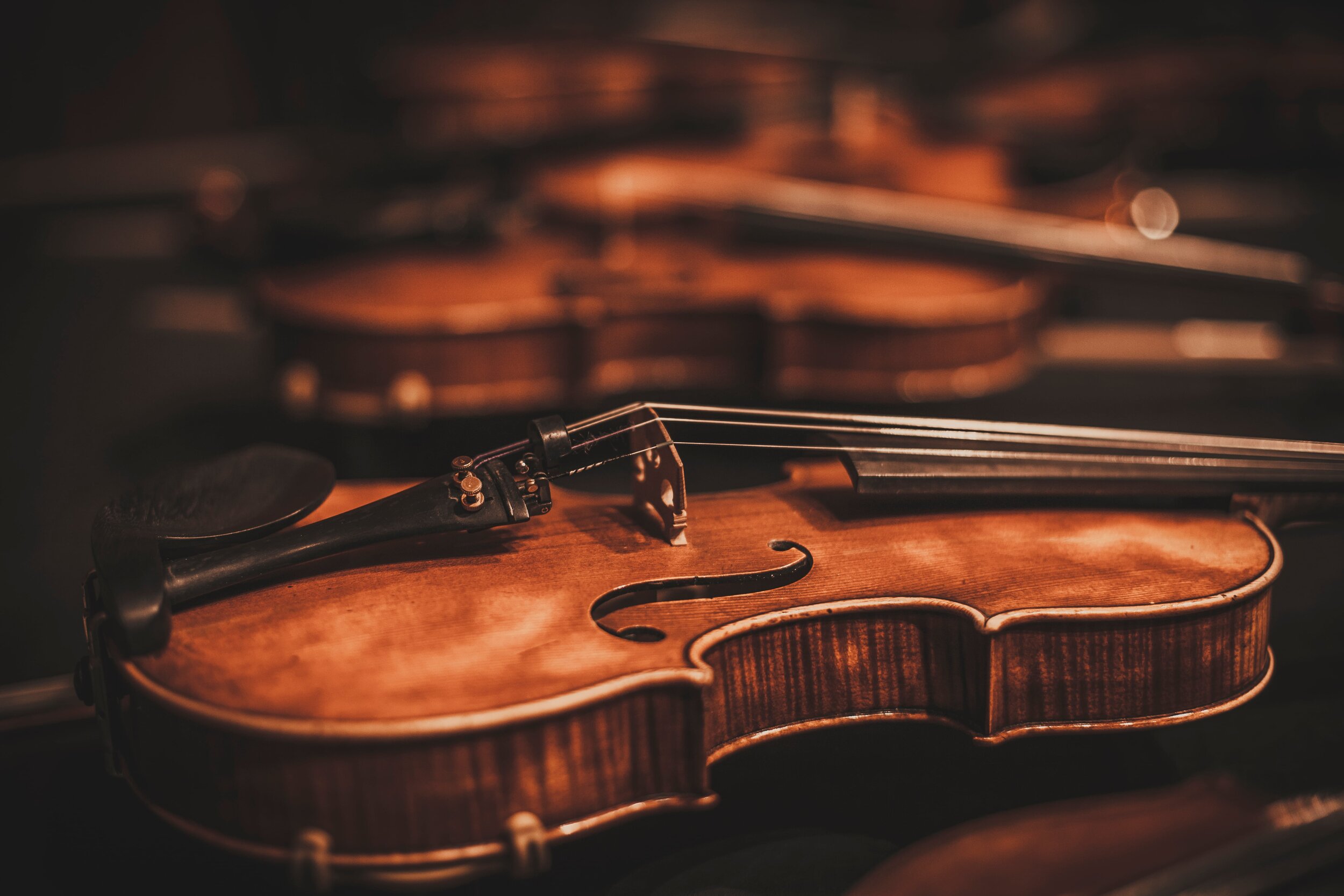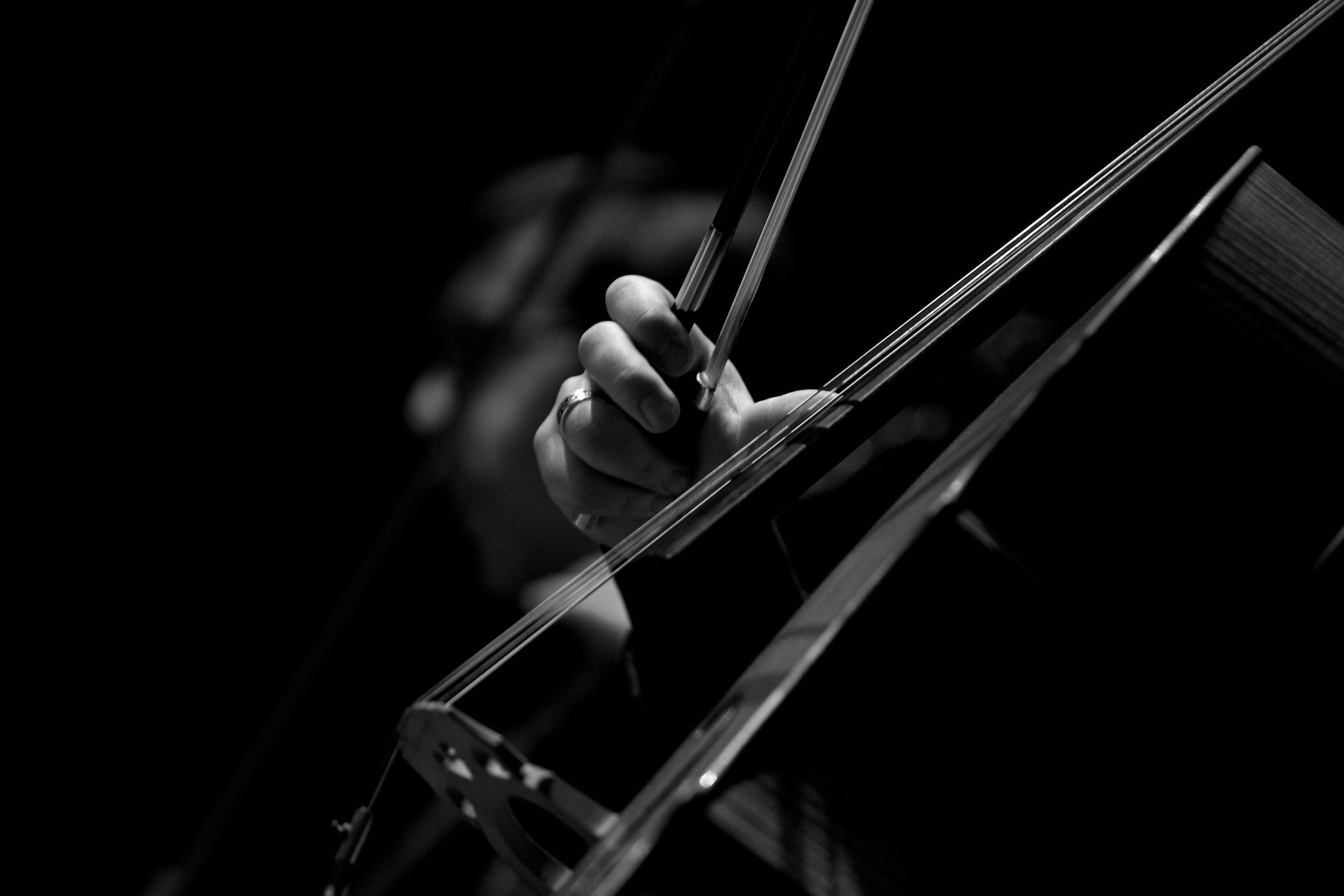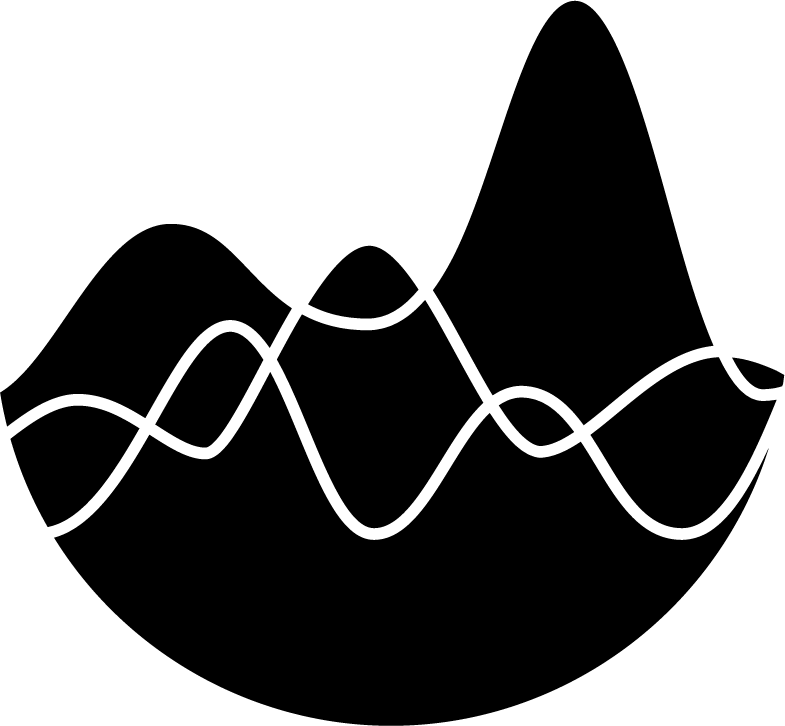Keyboard | Introduction
Keyboard | Introduction
Extreme Orchestration
by Don Freund and David CutlerPublished: February 2024
Keyboard instruments are designed to be polyphonic, giving one performer the ability to play as many notes simultaneously as the fingers of two hands (and in some cases two hands and feet) can manage. The piano and organ have the ability to create a complete musical fabric, often suggesting the range, textural richness, and dynamic impact of a large orchestra. They are often heard fulfilling a function as a substitute for a large ensemble or as a way of presenting music in an abstract way, freed from the idiosyncrasies of a specific instrumental identity. But when appreciated for their own unique timbral and articulation characteristics, they provide the composer and orchestrator distinctive sound resources for expanding the sonic palette.
The devices to which different keyboards are attached may have little or nothing in common, but the keyboards themselves are remarkably uniform; the way in which music is distributed to the hands is tied to a basic set of ergonomic principals. In all cases, a tone is initiated when a key is struck or depressed, and some device is used to stop the tone when the key is released. Each key operates a completely separate sounding mechanism, so the impression of a single instrument projecting a connected line is an illusion demanding a sensitive ear and a developed technique from the performer, as well as sympathetic instrumental writing from the composer. A good bit of twohand keyboard music is written so that each hand has its own textural layer; this is normally notated on two staves, so that the right hand plays the music on the top staff, and the left hand plays the music on the bottom one. Most performers can reach a 9th between thumb and 5th finger a little more; although small hands can reach only an octave, but a 10th not uncommon for larger hands. It must be remembered that the hands mirror each other, with the thumbs on the inside. This is important, since the stretch between the thumb and index finger (1 to 2) can comfortably be as wide as a sixth, but stretching more than a 3rd between adjacent non-thumb fingers is awkward, and a stretch of more than a 6th between 2 and 5 is uncomfortable, if not unplayable. It is possible for the thumb to play two notes simultaneously (the fingering is shown with a bracket), as long as they are adjacent white notes or black notes (not a mixture). Consider the following chords:
When the thumb is used to play two notes, chords 1 and 2 lie perfectly under the hands if the right hand plays the top staff and the left hand the bottom; the largest interval gap of a 4th lies between the thumb and index finger. Note that it is practically impossible for the right hand to play the chords in the bottom staff, or the left hand those in the top. Although chord 3 is an exact transposition of 1 and 2, neither hand can play either the top or bottom staff chord, since the trick of using the thumb to play two notes is unavailable on black/white mixed 2nds.
There are often many ways to finger a given passage, and keyboard players will normally determine what works best for them. Fingerings need be given only when the composer has devised a particularly ingenious figuration, or when the fingering implies an essential interpretive approach.
Of course, keyboard music is not limited to the “one textural layer per hand” model. Keyboard composers and performers delight in the challenge of making multiple textures performable by two hands, sometimes involving some sharing of a textural assignment between hands. It is also very effective to write one-texture or monophonic music, allowing both hands to cooperate in projecting a virtuosic arabesque or percussive toccata texture. It is common for the hands to intersect and cross. Notating this kind of keyboard music can be as complex an issue as composing it. In these situations, composers must frequently choose between making a passage easy to read technically or easy to understand musically, not always a clear-cut decision. For example, here are three ways of notating the same passage:
Notation 1 is the most straightforward musically. Notation 2 suggests a technical pattern that could make the passage stronger in performance, but obscures the melodic shape. Notation 3 shows the melodic contour and the hand division, but some metrical clarity is lost.
Dynamics for keyboard instruments are generally placed between the two staffs, although the hands or even different voices within one hand may be given individual dynamics if a contrast is desired.
Keyboard instruments may be categorized by their touch sensitivity, that is, whether or not they respond dynamically to the varying levels of force (“velocity” in synthesizer terminology) with which they are played. The piano is the most touch-sensitive acoustic keyboard instrument; the celesta is touch-sensitive, but its dynamic range is limited. Organs and harpsichords are considered to be not touch-sensitive, although the mechanical “tracker” action found on some organs can allow some subtle variance in attack characteristics and harpsichords have a slight response to the force of the attack.
Keyboard instruments may also be categorized by their sustaining quality. A tone on the organ will remain at the same dynamic level throughout its duration. Harpsichords and celestas have a relatively short sustain after a colorful attack. Pianos have been constructed in such a way as to maximize the time of decay, allowing them to simulate a singing legato.
Some works, such as Bach’s Well-Tempered Clavier, can arguably be played effectively on piano, organ, or harpsichord. But music which exploits the specific touch-sensitivity and sustaining quality characteristics of these instruments, while physically playable on all keyboards, will use playing techniques and textures that often do not translate well to other keyboard media, requiring a good deal of rewriting in transcription. Studying some of the many transcriptions of organ music for piano reveals a lot about the idiosyncrasies of the two mediums; curiously, transcriptions of piano music for the organ are rare. The piano’s touch sensitivity and ability to sustain notes with damper pedal foster a more acrobatic technique than generally employed on the organ and harpsichord; on these instruments a “clinging to the keys” approach is more idiomatic.



